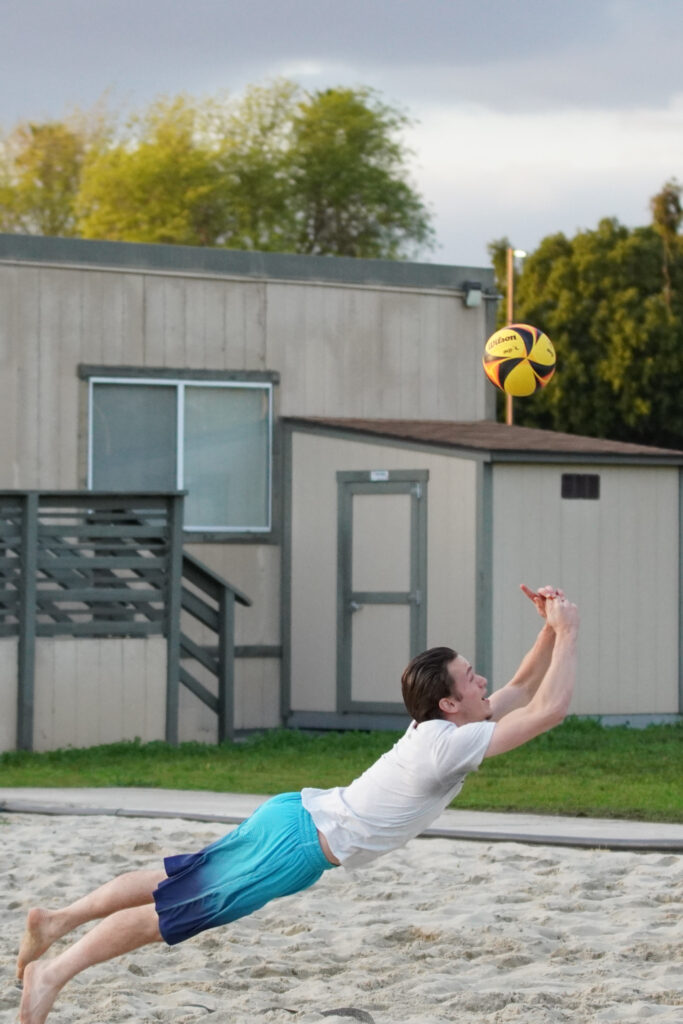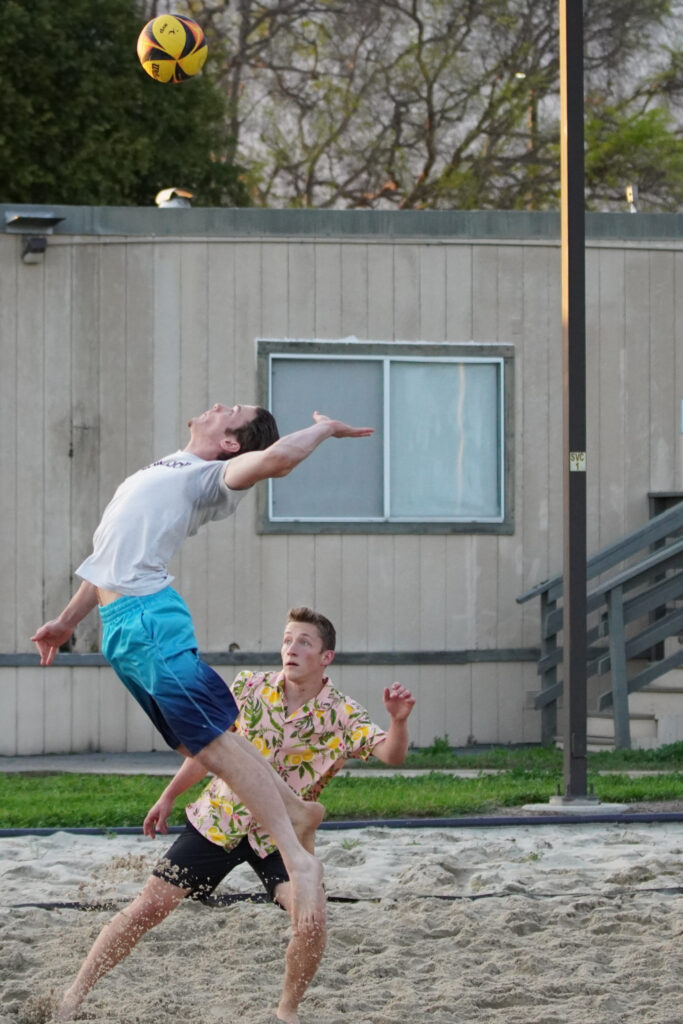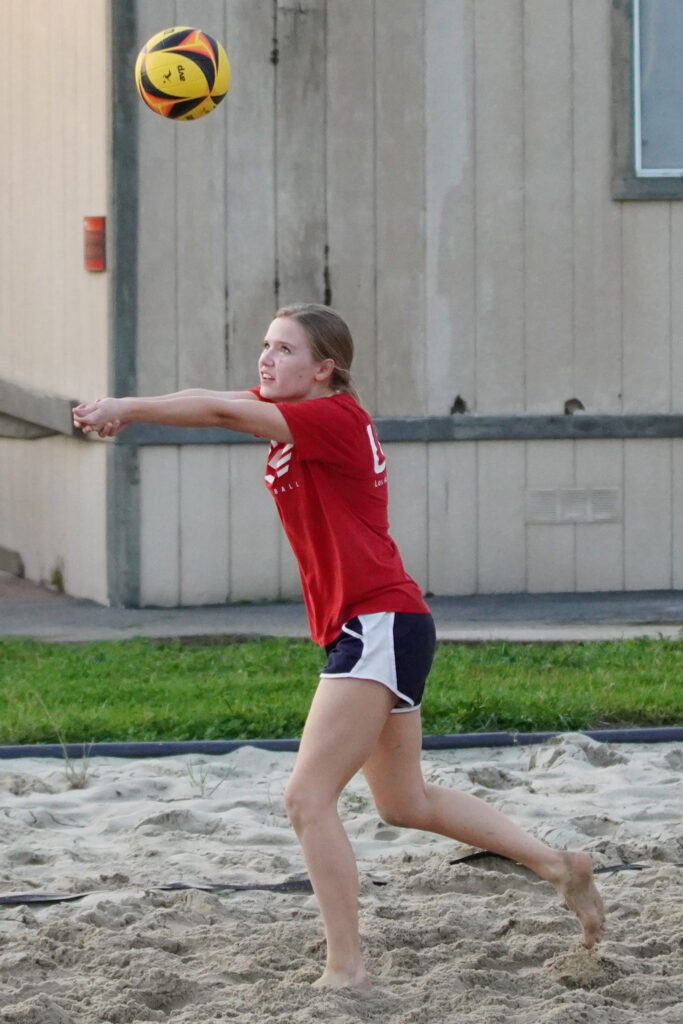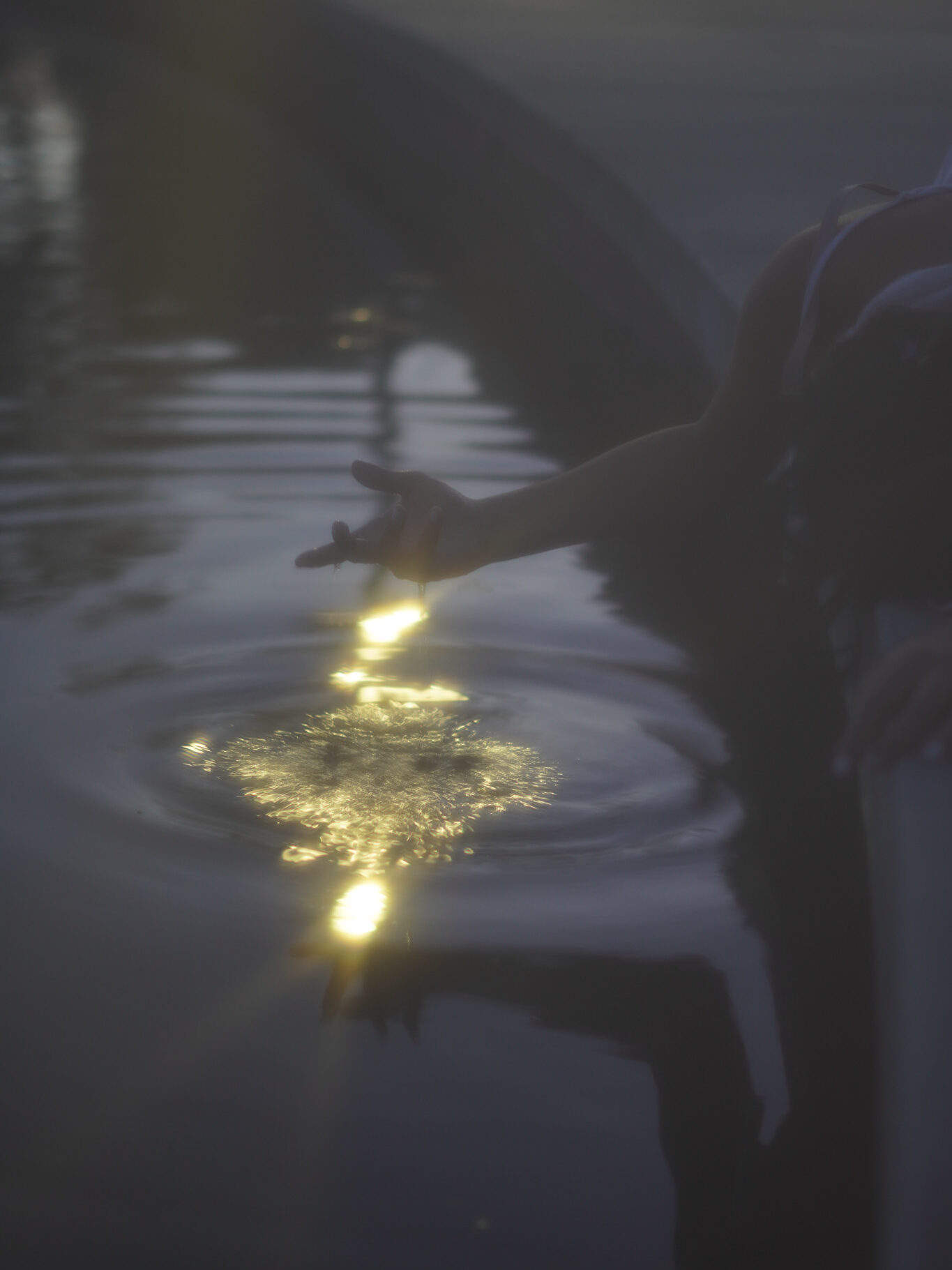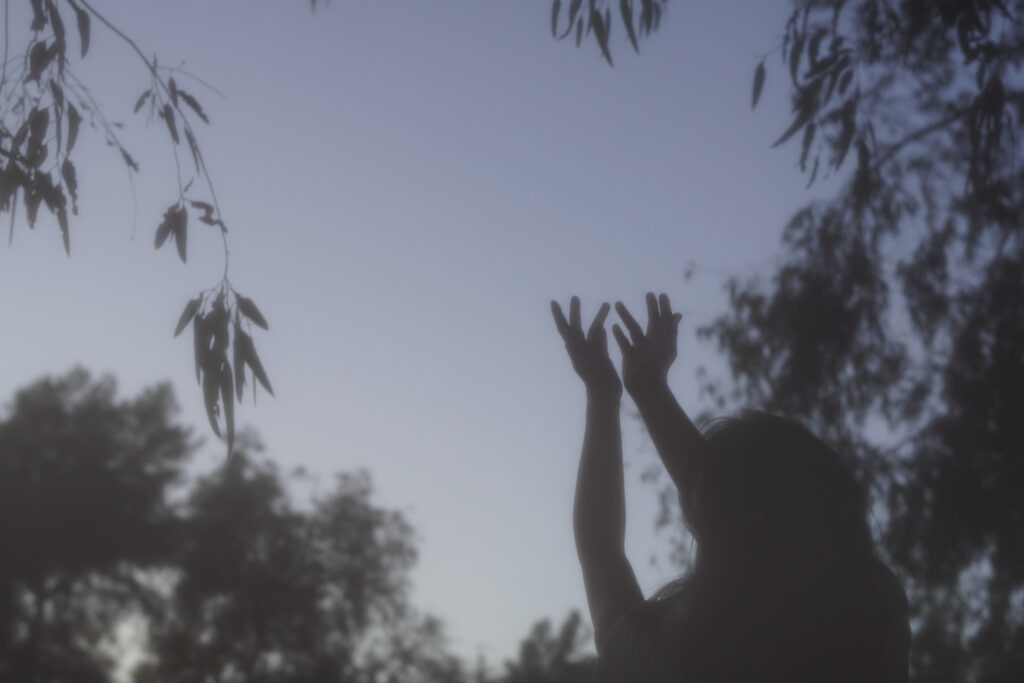JOUR 305 Data Reporting & Visualization required me and my partner scour raw government data records to find a story. Almost two weeks before deadline, we realized our initial project comparing data across generations like Gen Z, Millennial, etc., and comparing each groups DMV statistics for specific types of crashes would prove an unrealistic task for an undergraduate course. So in three days we switched gears and gathered research and sources to interview for the following story that we successfully submitted on deadline.
Isaac Kim was around 10 years old the day it seemed his family had finally run dry California’s water supply.
“My mom was showering, and then all of a sudden the water shut off,” said Kim, a junior engineering physics major at Biola University who’s lived in Norwalk for 21 years now. “We were like, ‘Oh my gosh, this is the beginning of a drought; it’s actually happening!’”
He remembers he got a water pitcher to help his mom finish the shower as he looked away. This was around 2013, in the second year of California’s driest five-year drought period according to a Science Direct Journal article from 2019. Kim said his parents and elementary school teachers urged shorter showers, and his family even let their grass go brown for a while.
“But it turns out not to have been because of the drought at all; it was because we were renovating our house, and then one of the construction workers shut off the water,” Kim said. “All that to say, thinking about the drought was a part of my childhood for sure.”
Although his experience didn’t literally drain California’s water reserves at the time, it illustrates the caution California has maintained since drought periods even before the 2012-2016 drought, with water agencies across the state encouraging residents to flush toilets less frequently with slogans like “If it’s yellow, let it mellow; if it’s brown, flush it down,” and normalizing brown lawns of grass.
In a data analysis of the average snow water equivalent collected in March since 2012, according to the California Department of Water Resources’ data site, 2023 marked an extremely wet year to combat the extremely dry years of 2020-2022. This year has further contributed to a beneficial increase in wet seasons.
In the midst of an especially rainy and wet season in California, periods of extreme drought and water conservation may seem like days of the past. An LAist article from March 2, 2023, even acknowledged that California was “technically” out of its drought by that time. And according to the California Department of Water Resources on April 2, California’s average snow measurements are in good shape for the second straight season since 2023.
So is the drought really over?
Matched with California’s record of excessive heat in the past 10 years, drought naturally correlated with records of excessive heat events, which the National Centers for Environmental Information records as temperature over 90 degrees for at least two to three days.
Although it may seem like the drought has been “solved” by rain for the past two years, even a visualization of the past 10 years displays California’s fluctuating pattern of wet and rainy, then dry and arid.
A Stanford University article from January 2023 points to climate change as the cause of what they call this phenomenon—“whiplash weather”—and they expect even more extreme seasons of rain followed by extreme seasons of drought in California’s near future.
“Global climate change is going to make California’s climatic seasons more polarized,” said Carol Jin, a junior engineering physics major at Biola like Kim, but with an interest in environmental engineering. “Our rainy seasons will be more severe, heavier, longer, whereas our drought seasons—when we do get our drought seasons—will be longer and harsher as well. That’s going to be what our future looks like, going forward, and I guess we’re already experiencing a little bit of that because we’re seeing the rainier side of that.”
Such a view on climate change is one Alicia Dewey, Ph.D., is slow to accept.
“It’s really not climate change,” said Dewey, a history professor at Biola University who has researched the Dust Bowl and similar Texas drought issues. “A lot of these charts and temperatures completely leave out the 30’s—the worst time within the last century in terms of drought and high temperatures.”
She acknowledged that humans contributed to the earth’s increasing temperature, but encouraged Californians to be wary of calling such weather patterns “extreme” and a “crisis,” instead advocating for adaptation.
“We need to pay attention to adaptation,” Dewey said. “I’m not saying it was wrong to build a big city here; they’re not willing to build the infrastructure to support [California’s population today], since the water that you could’ve had in a reservoir has flooded out into the ocean.”
Although Jin and Dewey may disagree on the explicit reasons to explain California’s weather, they both agree that modernizing infrastructure and active water awareness are necessary elements for effective conservation.
Jin mentioned Biola’s recent rain-related flooding because of an unequipped drainage system.
“To accommodate for those upcoming predicted changes, I think it’s super important for Southern California to modernize their urban infrastructure to be able to store more rainwater, because before there was a perception that we didn’t really need to build our infrastructure with that in mind,” she said. “Modernizing our infrastructure with rainfall in mind will both prevent future droughts if we store more rainwater, and it’ll also help us stay afloat when the rains actually do come because I don’t know if you remember two months ago [in] February, like literal streets were flooded.”
Indeed, modernized infrastructure, financing and climate change awareness still remain, according to an April 10 Los Angeles Times article.
According to Akiela Moses from the California Department of Water, the state’s current and upcoming projects include infrastructure modernization, expanding storage capacity and capturing as much groundwater as possible in Water Plan Update 2023 and California’s Water Supply Strategy.
“We are working on modernizing existing infrastructure to improve water supply and water quality, with the goal of expanding water supplies by 1.6 million acre-feet in addition to 3 million acre-feet of new storage,” Moses said. “In 2023, more than 1.2 million acre-feet of groundwater recharge was permitted by state agencies, with nearly 400,000 acre-feet of flood water recharged using the Executive Orders issued by Governor Newsom.”
She encouraged Californians to “[make] water conservation a way of life,” and continue good conservation habits in and out of rainy seasons, from landscaping to household leaks.
For Kim, that means keeping his showers short—usually one to two minutes long, and maybe five minutes maximum—regardless of how much rain California received that season.
“I don’t like wasting water,” he said. “After going to missions, they had us train to take very short showers, so I just got used to it. The longest showers I take now are five minutes max.”





